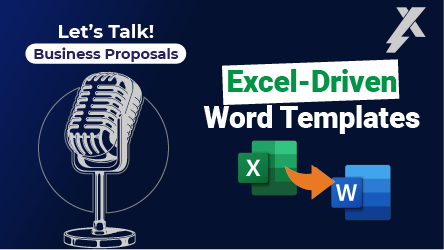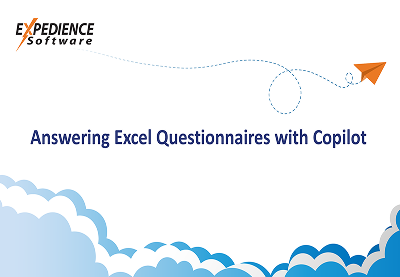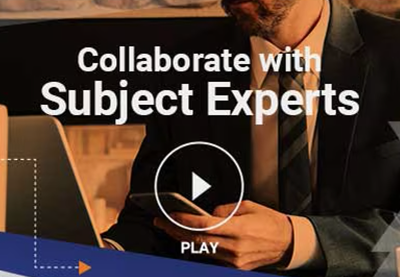Like many of us, you probably have reused old proposals as starting points for new ones, searching recent documents for content to “fit,” and painstakingly proofing and re-proofing to remove all the traces of this cut-and-paste process — wrong customer names, mismatched bullets, and colors, misaligned graphics. Though familiar and common, this process is never as quick or easy as we hope, nor is it 100% reliable.
A more effective approach is to collect the best examples of previous proposal content into a central library. This library could be a specialized software tool or as simple as a master document or even a series of small documents organized into a folder structure. Whatever method you choose, several best practices to help you identify the best types of content to include and the best methods of preparing that content for reuse.
What Makes a Good Content Library?
The most successful proposal content libraries contain content that has been designed and optimized for reuse. This requires:
- Selecting the best content, proofed to ensure general applicability
- Eliminating anything too client-specific
- Inserting content controls for items of personalization
- Applying custom Microsoft Word styles to ensure branding and formatting consistency
If graphics, tables, Excel data and charts, and videos are a standard part of your proposals, these items should be included in your library as well. Also, consider including Word templates for your most common document layouts. Word templates have the advantage of ensuring consistency of formatting and common elements such as headers, footers, cover pages, etc.
Getting Started
Curating a proposal content library may be daunting, especially when you are already working as fast as you can to meet deadlines and keep up with the ever-growing demand for proposals. The trick is to leverage the best content from your most recent proposals, limit the scope of the initial build, and put in place a good process to “grow as you go.”
Consider how you will use this library and begin with a simple organizational strategy. If it is intended primarily for proposals, a basic proposal structure is a good guide for structuring your library. Also, think about who else will be using this library. Will they be able to navigate easily? A good rule of thumb is to keep your library structure relatively flat. Resist the temptation to go more than three levels deep.
Once you have chosen your library method and structure, it is time to prepare your content for inclusion. Here are the basic steps to help you get started:
- Gather one to three of your best, most recent proposals.
- Discard duplicate and superfluous content. When in doubt, cut — you can always add it back in later.
- Organize and keep questions and headings that can be used as categories and content descriptions. Add more as you go. Pick an easy way to highlight them for later reference.
- Replace specific customer references with placeholders such as [COMPANY NAME].
- Beautify and standardize your formatting. Fix any issues you may have with images, tables, etc.
Making Content Proposal-Ready
The content you plan to reuse should be edited, formatted, and organized with this in mind. The following tables list recommendations and best practices for preparing and deploying proposal-ready content.
Reusable Does Not Mean “Static”
Some content may be true boilerplate. But the best proposal-ready content supports and guides editing and customization.
More Information
How to Make a Custom Copilot Agent and Why You Need One
Make the Commitment to Content Management






